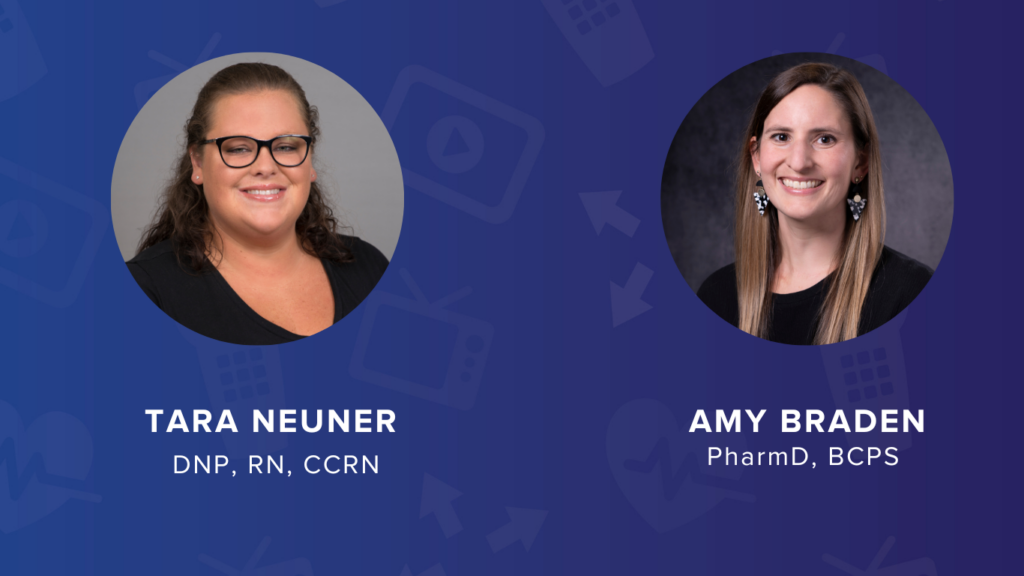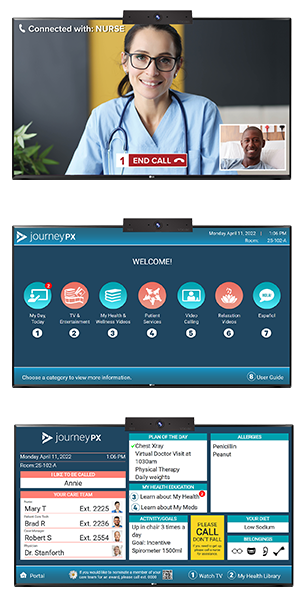
Written with contributing author Linda Robinson, MSN, CPXP, RN, Vice President of Clinical Excellence, MDM Healthcare
The healthcare industry has continued to evolve rapidly in the wake of the COVID-19 pandemic, and in response to challenges such as workforce shortages, more complex patient cases, and the rise of telehealth.
Some industry professionals have turned to innovative ideas about care delivery models to adapt to these challenges.
One department at the University of Louisville Health has recently adopted a new interdisciplinary care team model that places pharmacists at the bedside with a patient assignment in an unconventional role, adding another expert to the bedside care team. The University of Louisville Health execs came up with the supplemental care delivery model program in response to the nursing shortage.
A recent study published by McKinsey and Company suggests that if there are no changes in current care delivery models, there will be a gap of 200,000 to 450,000 nurses nationwide by 2025. Conversely, for every 1 percent expansion of capacity—created through changes in care delivery models, technology-enabled productivity tools, or alternative sites of care settings for patients—the number of nurses needed would decrease by about 25,000. Recently Linda Robinson, MSN, RN, CPXP, Vice President of Clinical Excellence, MDM Healthcare, spoke with two members of the University of Louisville Health team—Tara Neuner DNP, RN, CCRN Mixed Acuity Professional Development Practitioner, and Amy Braden PharmD, BCPS Manager of Inpatient Pharmacy Operations about the topic.

Braden explained that the University of Louisville Health executive leadership team considered various ideas, and ultimately decided to bring in pharmacists, who are medication experts, onto a unit to become more directly involved with patient care, providing patients with not only medication education but the administration of medications as well.
Braden said the conditions that gave birth to the innovation of the model adopted by the University of Louisville Health team. Questions such as: “‘What can we do to combat this nursing shortage?’ ‘We are seeing some pharmacies close in the area, with the disruption in retail pharmacies, is there an opportunity to bring pharmacists into the patient care model?’ We asked ourselves what we can do with our care model to change some of the ways that we are taking care of our patients and have a better interdisciplinary approach,” she said.
The University of Louisville team decided to integrate pharmacists directly into the care model so they could collaborate with nurses and become a part of the care team at the bedside. Thus, the pharmaco-management pharmacist program was born.
Braden elaborated on why bringing pharmacists on to the bedside care team has been so beneficial.
“[These pharmacists] are a bit of a hybrid. They are bringing in a lot of their retail experience and their ability to connect and talk with patients. They are also administering medications on the unit, which is something very new. These pharmacists took on a whole wealth of knowledge as far as medication administration, different routes of administration,” she said.
Neuner explained that she developed an educational program that started with the fundamentals of nursing and simulations with mannequins. Much focus was placed on medication administration routes and techniques as well as hospital protocols, policies, and procedures. Many of the skills were new and not part of the skill set of a retail pharmacist. Three months after training was completed, real-life patient scenario competency sessions were held that required the pharmaco-management pharmacists to perform their duties in a simulated environment. Neuner also provides continuing education sessions when new situations arise. She makes sure that they are comfortable, prepared, and have all the resources that they need.
Nuener described how the pharmaco-management pharmacists have brought a new level of patient and nursing support onto the trauma stroke unit. Neuner said the pharmacists on the unit have given her great feedback. "They love it, they have built relationships with the nurses with the unit secretary, when we brought them back down to their follow up class, their competency class, we found that they also have formed relationships with the patients and they were just happy and ecstatic, "she said.
The extra education, personalization, and support the new model has provided patients is extremely beneficial. Nurses on the unit have also had additional burdens lifted from their shoulders, as Braden explained.
“I know one of the big things that one of the charge nurses on the unit said was that sometimes they don’t have the time to get to the meds because they are so focused on other tasks.” She further explained that putting pharmacists on the unit gives patients the chance to ask questions from different expert members of the care team, which is an optimal care model.
Transitions of care was another area the University of Louisville Health team was hoping to expand with the new program. “The way that we have our pharmacists set up right now, they try to participate in transitions of care as much as possible. We have our internal medicine pharmacists who are helping facilitate discharge by getting meds to beds from our outpatient pharmacy that is on site. Also, by making sure that patients know the importance of their medications before they leave to ensure that they get their prescriptions,” said Braden.
She also explained that the new model has helped support patient’s readiness for discharge.
“We are trying to decrease readmissions and increase continuity of care as much as possible. But by having these extra pharmacists on the unit, we are really making sure that every single patient has this opportunity. We are really trying to tee them up for success in advance,” she said.
Healthcare organizations can also transform their care delivery plan by investing in the right patient engagement technology. Journey PX supports care delivery by leaning down clinical workflows, closing gaps in communication, and allowing healthcare professionals to meet with patients virtually at the bedside via a secure connection through the patient’s in-room TV.
Robinson shed some light on how Journey PX can accomplish this.
“Having been a nurse for 35 years, I find the model adopted by the University of Louisville transformational. Seeing how care delivery models are evolving is exciting. Another thing I have seen is organizations bringing healthcare experts into the patient room virtually. If you cannot create a supplemental model with real bodies, virtual is a wonderful way to accomplish that,” she said.

Journey PX solutions also prepare patients for discharge by keeping them informed of their daily plan of care, providing individualized education, and streamlining communications between patients, families, and care teams. Journey PX facilitates hospital organizations in hard-wiring bedside shift reports, one of the biggest drivers of quality and safety.
Journey PX can also create a meds-to-beds program that is customized to the unique needs and designs of hospitals. Journey PX can integrate with the EMR and engage the patient at the bedside via prompts, medication education, and pharmacy information to drive medication health literacy. Read more about the topic in a recent feature article on the subject.
To hear more from Tara Neuner and Amy Braden about the topic, listen to the full PX Space podcast interview below.

